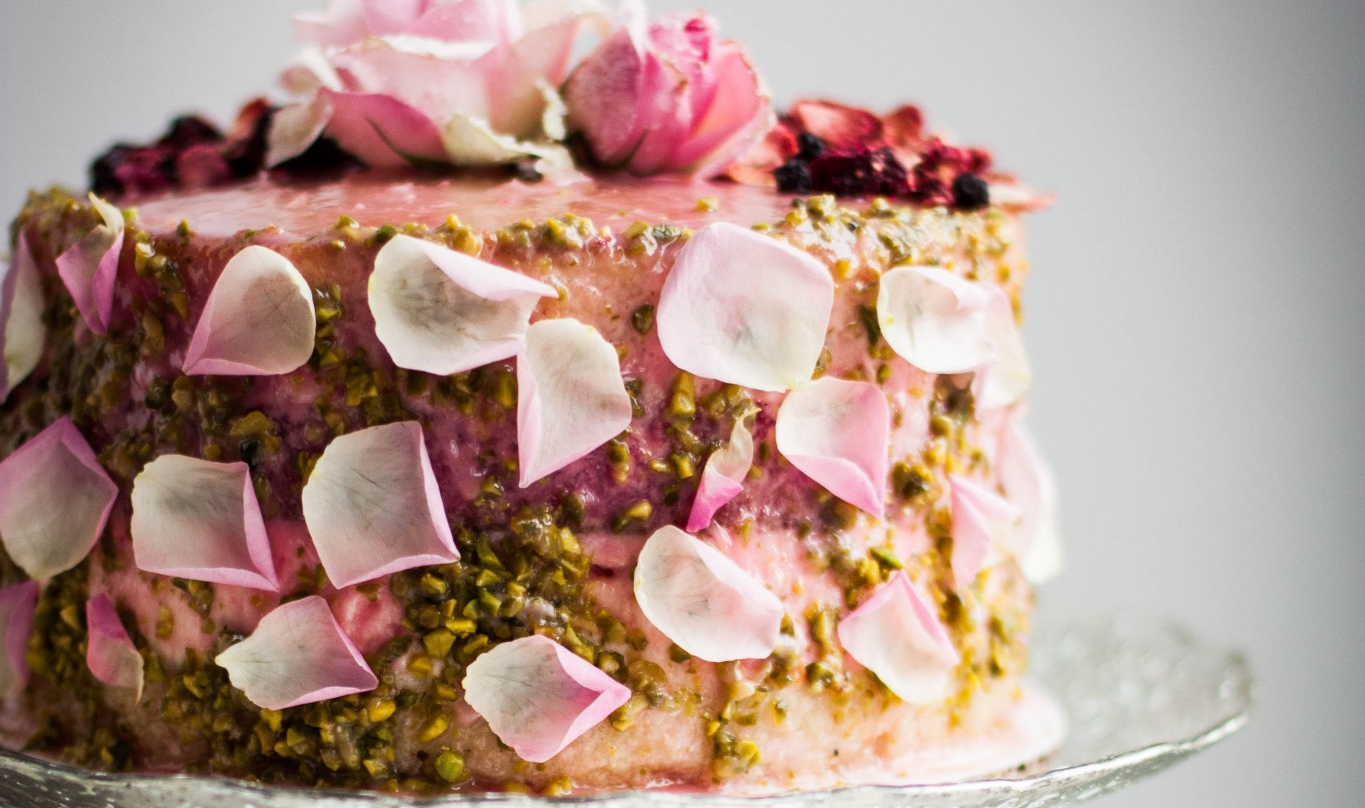Food tech firm, Vow, showcased a lab-grown meatball made from the flesh of an extinct woolly mammoth in Amsterdam’s NEMO science museum. Scientists cultivated the mammoth meat over several weeks by identifying the DNA sequence for mammoth myoglobin and then inserting it into sheep cells. Despite its tantalizing promise, the meatball is not yet ready for consumption and requires safety testing. Vow plans to launch its first product, lab-grown Japanese quail, in Singapore in the coming months. The mammoth meatball represents Vow’s attempt to redefine cultured meat and promote a more sustainable future. Global meat consumption has nearly doubled since the 1960s, and livestock farming accounts for about 14.5% of human-caused greenhouse gas emissions. With meat consumption projected to increase over 70% by 2050, scientists have turned to alternatives such as plant-based and lab-grown meats.
Food tech company, Vow, showcased a lab-grown mammoth meatball at the NEMO science museum in Amsterdam. The protein was cultivated by scientists who first identified the DNA sequence for mammoth myoglobin, a key protein that gives the meat its flavor, and then inserted it into sheep cells using an electrical charge. The meat was grown over several weeks and slow-cooked before being browned on the outside with a blowtorch. However, the meat is not yet ready for consumption as it requires safety testing. Vow co-founder, Tim Noakesmith, explained that the company chose to cultivate woolly mammoth meat because it symbolizes loss due to climate change, and highlights the need for change in food production practices. Though the protein has been extinct for thousands of years, Ernst Wolvetang, a scientist who worked on the project, expressed curiosity about how it would taste after safety testing. James Ryan, Vow’s chief scientific officer, noted that the meat smelt similar to cooked crocodile meat. Christopher Bryant, an expert in alternative proteins, assured consumers that cultivated meat avoids foodborne pathogens and contaminants found in conventional meat.
The display of the lab-grown mammoth meatball by Vow in Amsterdam’s NEMO science museum highlights the link between climate change and future foods. Global meat consumption has nearly doubled since the early 1960s, and global livestock farming is responsible for about 14.5% of human-caused greenhouse gas emissions, according to the UN’s Food and Agriculture Organization. With meat consumption projected to increase over 70% by 2050, scientists are looking towards alternatives such as plant-based and lab-grown meats. Vow’s first product, lab-grown Japanese quail, is set to launch in Singapore in a few months. The mammoth meatball represents Vow’s attempt to redefine what cultured meat is, and suggests a future where meat is made from species that humans have not been in contact with before. Co-founder Tim Noakesmith emphasized that Vow aims to create something better and more sustainable than traditional meat. Rather than normalizing cultured meat, the mammoth meatball stresses the difference in technology, according to technology and society expert Neil Stephens.
Don’t miss interesting posts on Famousbio










